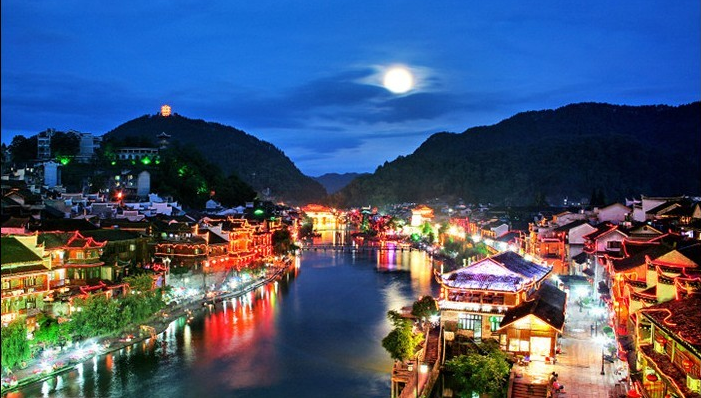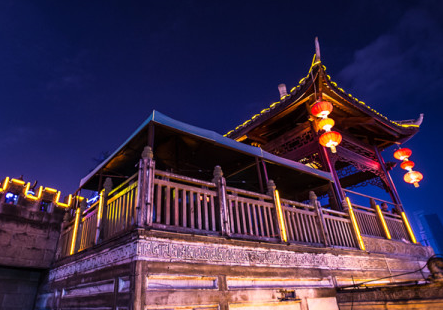
Chongqing Map
Chongqing Jiangbei International Airport is about twenty-one kilometers northeast of Chongqing in Lianglu Town, Yubei District.
CRT Metro Line 3 connects the airport to the centre of Chongqing, the airport station is accessible from the domestic terminal (from the international terminal it either a 10 minutes’ walk or a ride by free shuttle bus).
Buses also depart from the ground level of the terminal to Shangqisi Lu, Yuzhong, in central Chongqing.
Taxi to downtown of Chongqing would cost about 40-80RMB.
Airport Shuttle Bus Airport Shuttle Buses are easily accessible at Terminal 2. There are two different stops, when you stand on line, please see clearly
.
Chongqing Weather
Chongqing weather is as follows: early spring, hot summer, cool autumn and warm winter, with a long frost-free period and abundant rainfall. In summer, the temperature can reach up to 40°C (104 °F), so Chongqing together with Nanjing and Wuhan are known as the ‘three furnace cities’ in China. Spring and winter are recommended as the optimum time to tour Chongqing.
Every year when spring is yielding to summer, there is a great amount of night rain, and thus the city is famous for its "night rain in the Ba Mountains". On average, Chongqing has about 100 foggy days annually, so it is also famous as the 'capital of fog'


Chongqing Hotpot
The most renowned and ubiquitous Chongqing dish is spicy hotpot. As a general guide, if the sharp, spicy taste is too much, visitors are advised to order Yuanyang Hotpot at half strength that they may enjoy the essence of this famous dish. Other local dishes are spicy escargots, spicy fish, spicy beef and spicy chicken. In terms of local snacks, the must-try delicacies are Maoxuewang (a dish stewed with the dried blood cubes of chicken and duck, along with cubed tripe with spicy sauce), Chaoshou (meat dumplings with spicy sauce), Matuan (fried glutinous rice balls with sweet stuffing) and Jisi Liangmian (cool noodles with chicken shreds).
Ci Qi Kou
Fourteen kilometers to the west of Chongqing Municipality lies the ancient village of Ci Qi Kou (Porcelain Village) situated on the bank of the Jialing River. It was recognized as a protected cultural site by the State Council in 1998. There are many shops lining the twelve flag stoned paved lanes that form the main routes. Tourists will find many outlets for craftwork, groceries, teashops and the like as well as a horologist, photography supplies, drugstore and a tempting supply of roasted nuts and seeds. Chongqing attracts visitors from home and abroad.